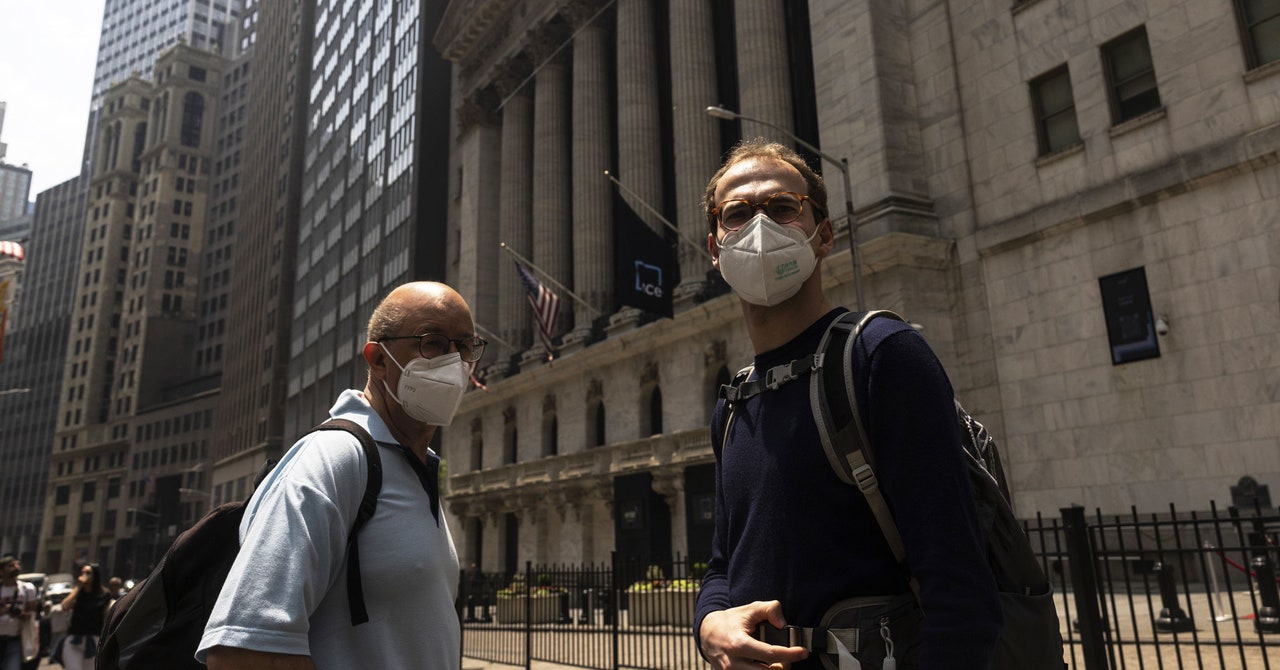Indoor Air Quality in California During the 2020 Sacramento Fires: How Do Families and School Administrators Know When to Keep Their Kids Indoors?
When New York City’s skyline turned an eerie orange color with smoke from widespread wildfires in Canada, it was an all-too-familiar sight for residents of the Western U.S. In recent years, record-setting wildfires have darkened the sky for weeks at a time with unhealthy air, upending life for Westerners.
In the summer of 2020 fires raged in California and the air was so polluted it was hard to breathe. Many residents tracked the air quality in real-time on Purple Air, a crowd-sourced network of sensors that shows pollution readings across a city.
Some households had installed sensors indoors to track air quality levels. Air pollution doubled indoors in San Francisco and Los Angeles during the fires, according to researchers at the University of California Berkeley.
You have to do more than just go inside. Invisible particles in smoke, known as particulate matter or PM 2.5, can seep in through doors and cracks in windows. In older homes and substandard housing, the problem can be worse.
Still, researchers found the households that took action fared much better. Those that closed their windows, ran their central air conditioners or used an air purification system had lower levels of indoor pollution.
When there is smoke in the air, it can be hard to find a portable indoor air purifiers in a store. So, plans to build more affordable DIY air purifiers have proliferated online where all someone needs is a box fan, some air filters and duct tape.
Many schools close when air quality reaches hazardous levels, but policies can be patchwork and haphazard. While an elementary school might close for the day, nearby preschools or aftercare programs might remain open.
For school administrators, the decision can be fraught. Many working parents have no other options for where to send their kids. It can be difficult for families to know when to keep kids indoors based on the official air quality index. While children are considered a “sensitive” group, there’s not much guidance about whether a yellow or orange air alert is enough to keep kids under lockdown.
As wildfire smoke became more severe in California, state officials released an index with more specific advice for schools about activities, like what to do about P.E., recess and sports events. Many school districts have consulted local air quality officials and created guidelines, like the one from the office of education, though the state version does not mention exact air quality index numbers.
The Director of communications for the Sonoma County Office of Education says that creating smoke response plans ahead of time is important for schools. On the West Coast, “smoke days” are becoming the new “snow days.”
Wittmershaus says they advise school officials to balance whether the students will be safer and better off in their school building than at home. It’s going to be a challenge for us.
The air quality in New York is poor so the department of health recommends that people wear a mask over their mouth and nose. Even though you may have some cloth masks around the house from the height of the coronavirus pandemic, more substantial protection is required for wildfire smoke.
“We see individuals with access to fewer resources, who may live in substandard housing, who may desire to reduce their exposure but who are unable to do so,” says Gabrielle Wong-Parodi, assistant professor in the department of earth system science at Stanford University, who has studied how communities responded to smoke in California.
She found that less than one in four people checked the air quality index on a regular basis and changed their behavior. Instead, seeing how other people react to smoke is the bigger motivator.
The lesson: make sure the message is coming from those in the local community, like community groups, senior centers or faith groups. Providing masks, air filters and resources to groups on the ground can help ensure it reaches those who need it most.
According to the Centers for Disease Control, a cloth mask prevents the spread of your respiratory droplets, but it doesn’t stop all the tiny particles from wildfire smoke traveling down to your lungs when you inhale polluted air. One of your best options is a snug N95. Need more high-quality masks? There are a few places to get N 95s online.
How to Keep Tabs on the Indoor Air Quality Index (AQI) and Related Issues (AirCare), a Free App Available for WIRED Members
How do the numbers break down? An AQI between 0 and 50 is considered to be a good baseline where there’s little health risk from breathing the air. The score between 51 and 100 is a good indicator of how much pollution there is in the air.
It’s scary to look out your window and see an otherworldly orange haze, but the particles you can’t see can negatively impact your health as well. The information about what the air quality index is, how to see the levels near you, and pointers on how to take care of yourself when the outdoor air contains high levels of pollutants were provided in this section.
There are multiple free apps you can download to keep tabs on the AQI. AirCare is an easy to set up app favored by members of the WIRED staff.
Go to your phone and download the app. After that is done, open the app and allow it access to your location data. The app’s main screen will display an AQI number based on the pollution near you.
